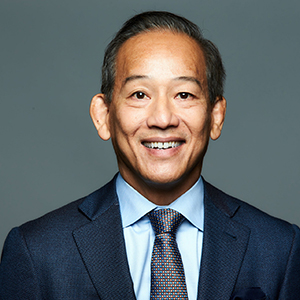
Bach Lee, DDS, MD, Oral and Maxillofacial Surgeon
Whittier, California
Many patients with adjacent missing teeth in the “esthetic zone” present to us with less-than-ideal alveolar ridge form due to severe hard and soft tissue loss. While many techniques offer excellent results for reconstruction of these defects, few can be said to guarantee success. A bone or soft tissue augmentation procedure to correct a ridge defect in the esthetic zone that is not fully successful in correcting the defect often ensures the use of prosthetic pink. This leads to the treatment dilemma: “if we have to use a little pink, why not use a lot of pink” and spare the patient the painful augmentations in the first place? The aim of this lecture is to critically evaluate the current evidence to determine the predictability of various bone augmentation techniques for vertical ridge defects for implant placement and when to consider more conservative alternative treatment options. A series of cases have been gathered to illustrate risk assessment and predictable management of various critical size defects ranging from moderate to severe defects.
Course objectives:
Analyze the predictability of current bone and soft tissue augmentation techniques for reconstructing ridge defects in the esthetic zone, with an emphasis on evaluating the risks and potential outcomes for implant placement.
Identify critical factors that contribute to treatment success or failure in the esthetic zone, including considerations for when prosthetic pink may be necessary and appropriate in cases where augmentation does not fully restore ridge anatomy.
Develop a comprehensive risk assessment strategy to determine the best treatment approach, whether surgical or prosthetic, using evidence-based guidelines and case examples.
